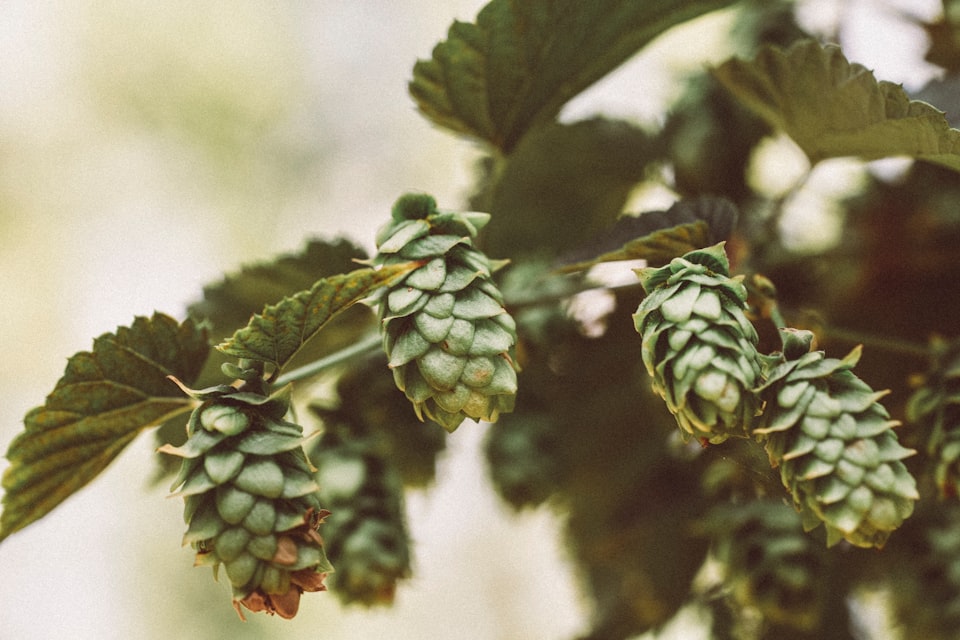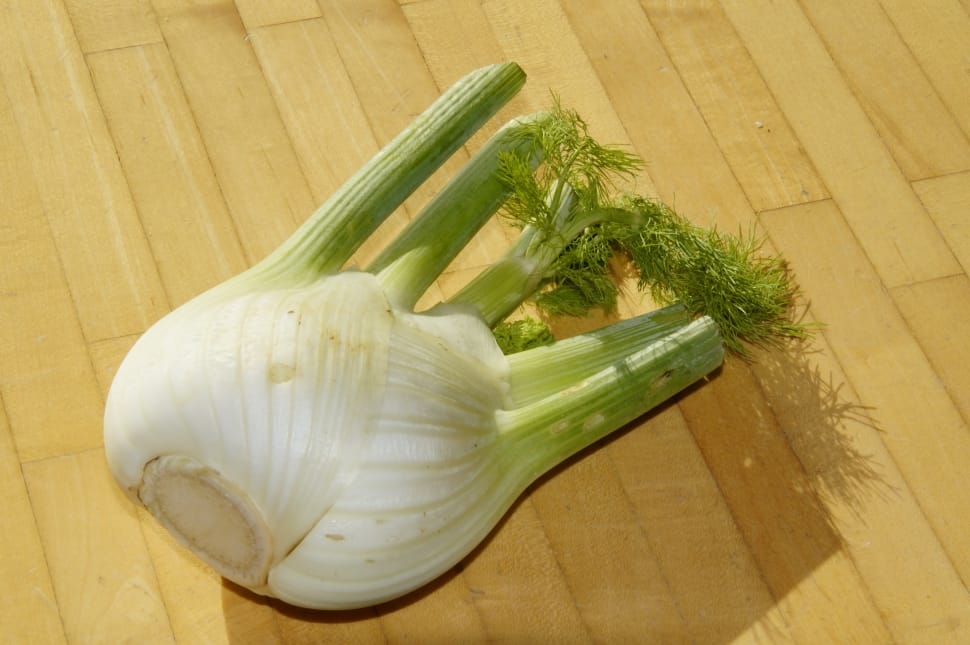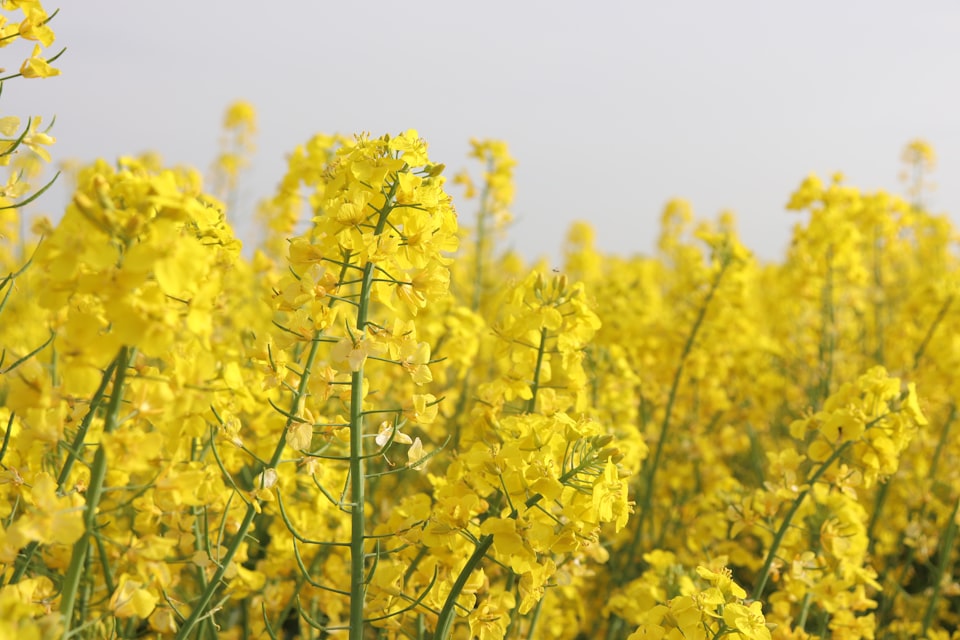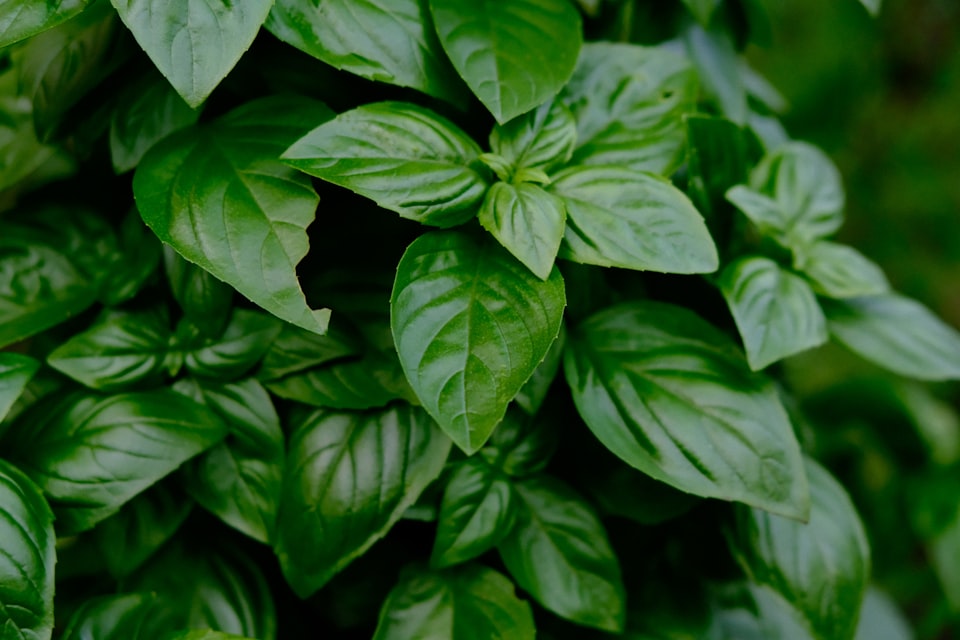IV: Angelica
The long and winding history of chartreuse.
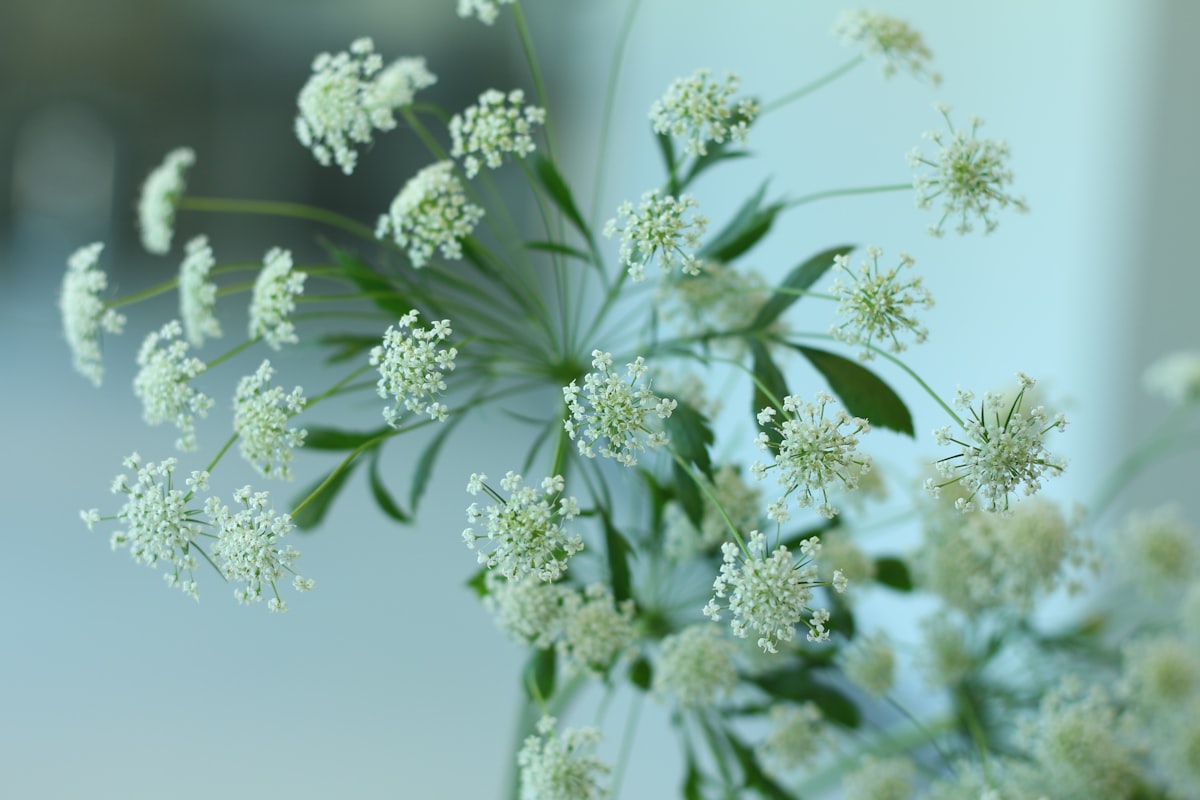
Good morning. Today is quartidi, the 4th of Prairial, Year CCXXXI. We celebrate l'angelique, a large flowering herb used for medicine for flavor.
Many herbs have traditional medicinal purposes, but angelica takes the cake for being independently singled out as a medicine by cultures in China, Japan, North America, Greenland, Russia, and Scandinavia. In some of those places, this could be because not a lot of herbs are hardy enough to grow there, so angelica may have become the medicinal forage by default, but the primary draw is likely the heady and pleasant scent that just screams "this is good for you."
France would also make that list, but in that country the notion of how to make a medicinal potion tended toward turning it into a liquor. In fact, angelica was the main "secret" ingredient in an alcoholic potion that was purported to lengthen a man's life, and was given to the Carthusian monks for safekeeping at the start of the 17th century. This was in the French alps, near the city of Grenoble, where the monks had a headquarter monastery by the name of Grande Chartreuse.
That's right, chartreuse, the liquor, began as an elixir of everlasting life.
